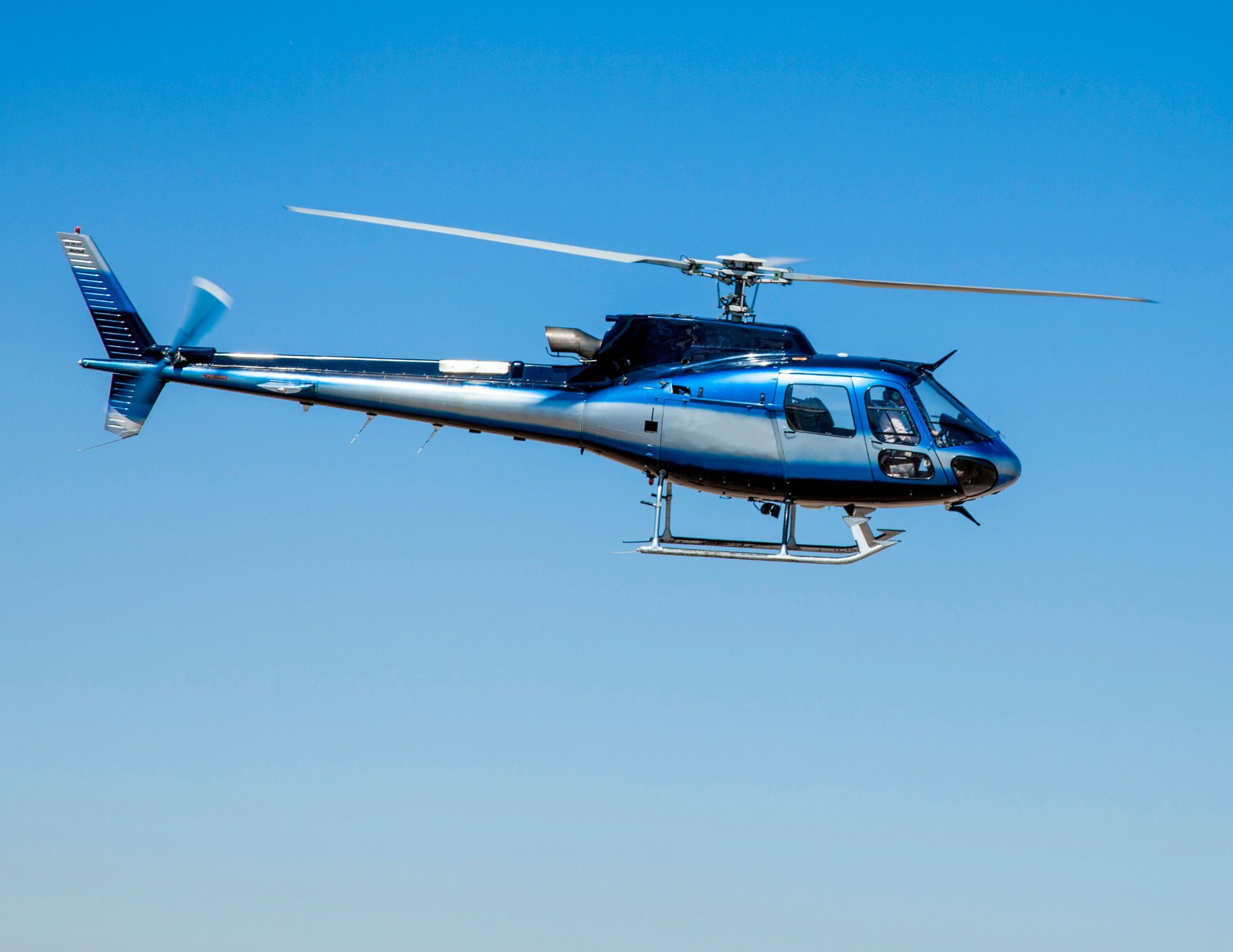Some Known Questions About Helicopter Replacement Parts.
Wiki Article
Indicators on Helicopter Replacement Parts You Should Know
Table of ContentsRumored Buzz on Helicopter Replacement PartsHelicopter Replacement Parts Fundamentals ExplainedGetting The Helicopter Replacement Parts To WorkExamine This Report about Helicopter Replacement Parts

With this hinge, when one blade flaps up, the other flaps down. Waving is triggered by a phenomenon referred to as dissymmetry of lift. As the airplane of turning of the rotor blades is slanted and also the helicopter starts to progress, an advancing blade as well as a pulling away blade come to be recognized (on two-bladed systems).
This triggers higher lift to be created on the progressing blade, causing it to rise or flap. When blade rotation reaches the point where the blade ends up being the retreating blade, the additional lift is lost and the blade flaps downward. [Number 5] Fully articulated rotor blade systems offer hinges that enable the rotors to move fore as well as aft, in addition to up as well as down.
When first beginning to spin, the blades lag till centrifugal force is fully created. When rotating, a decrease in speed causes the blades to lead the major rotor center up until forces come right into balance.
Helicopter Replacement Parts for Dummies
Towards that end, the use of elastomeric bearings in primary blades systems is raising. They also do not need normal lubrication, which reduces maintenance.These are centers and also center components that are constructed out of innovative composite products. They are designed to use up the forces of blade searching and also dissymmetry of lift by bending. As such, several hinges and bearings can be gotten rid of from the custom major blades system. The result is an easier blades pole with reduced upkeep because of less relocating components.
Generally, helicopters have between two and also 7 primary rotor blades. These rotors are typically made of a composite structure. The huge revolving mass of the primary rotor blades of a helicopter produce link torque.
[Figure 8] Regulated with foot pedals, the countertorque of the tail blades should be modulated as engine power degrees are altered. This is done by altering the pitch of the tail rotor blades. This, consequently, changes the quantity of countertorque, as well as the aircraft can be rotated concerning its upright axis, allowing the pilot to control the instructions the helicopter is dealing with.
The Only Guide for Helicopter Replacement Parts

This low pressure creates a pressure counter to the torque created by the major blades. Furthermore, the rest of the air from the follower is sent with the tail boom to an air vent on the aft left side of the boom where it is expelled. This action to the left creates a contrary reaction to the right, which is the direction required to respond to the main rotor torque.
It can be moved in any type of instructions to turn the aircraft of turning of the rotor blades. As stated, the foot pedals control the pitch of the tail rotor blades thus balancing primary rotor torque.

Numerous blades designs as well as setups have been executed in time. Single main blades helicopters are one of the most usual kind of helicopter They need an anti-torque tool (tail blades or other anti-torque system) to counteract the turning momentum created by the primary rotor, which is powered by one or more engine(s).
Facts About Helicopter Replacement Parts Revealed
One of the most typical anti-torque find more info gadget is a tail blades, which is designed to compensate the torque generated by the major rotor. EC25 solitary major rotor helicopter A tandem blades helicopter has 2 primary rotor systems and also no tail rotor. Typically the rear blades is mounted at a higher placement than the front blades, and the 2 are created to stay clear of the blades clashing, should they bend into the various other blades's pathway.The design of the drive as well as control system are a lot more difficult than the ones of a solitary primary blades helicopter (helicopter replacement parts). Ch47 Chinook helicopter with tandem rotors Coaxial rotors are two primary blades placed on one mast, sharing the exact same axis of turning however transforming in opposite directions, one on top of the various other.
The helicopter will yaw to the left if the clock smart rotating blades creates even more lift, and it will certainly yaw to the right if more lift is produced by the counter-clock sensible rotating blades. The drag generated by the rotors is rather large due to the interference of air my latest blog post flows, so these helicopters do not usually have a high cruising speed.
Report this wiki page